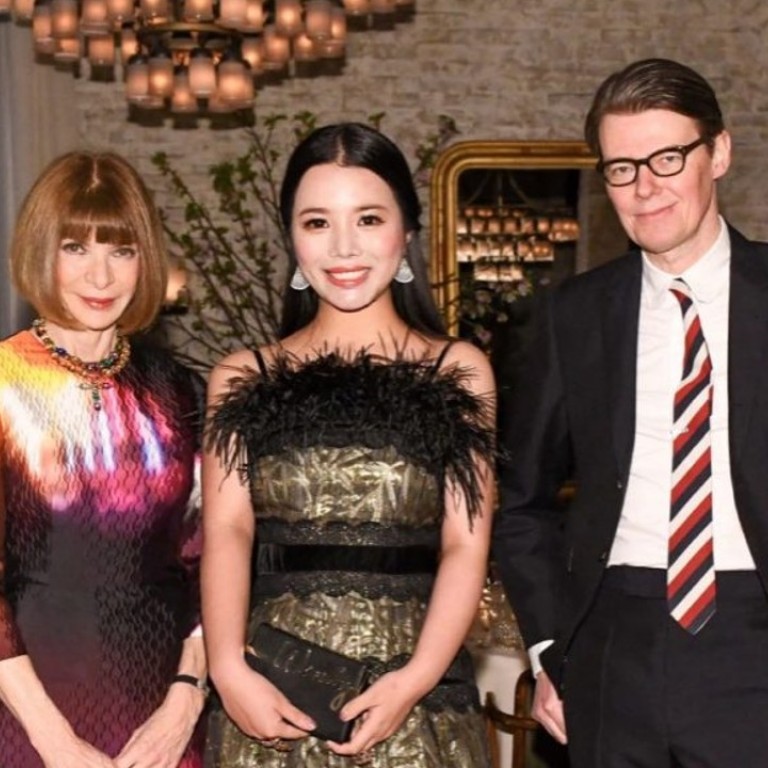
Why Chinese billionaire millennial Wendy Yu made groundbreaking donation to Met’s Costume Institute
We look at how Vogue’s Anna Wintour and Met curator Andrew Bolton played key roles in Yu’s multimillion-dollar endowment and the part it plays in Yu’s plans to boost China’s fashion industry
Earlier this year, the Costume Institute of the Metropolitan Museum of Art announced that its superstar curator Andrew Bolton would assume the title “Wendy Yu curator in charge”.
Yu is the founder and chief executive of Hong Kong-based Yu Holdings, whose family wealth comes from her father’s door manufacturing business. In recent years she has become a regular at fashion shows and high-profile events such as the Met Gala, which is hosted by Vogue editor-in-chief Anna Wintour every year at the Metropolitan Museum.
Our favourite moments from the spring/summer 2019 fashion weeks
A source familiar with the Metropolitan Museum’s fundraising efforts says Yu would have paid between US$3 million and US$4 million for the endowment.
It was a meeting with Wintour during Paris Fashion Week two years ago that led to Yu’s involvement with the Costume Institute, which has a collection of more than 33,000 costumes and accessories. Before Yu’s donation, it was the only department at the museum without an endowed curatorship.
Even more remarkable is that the position of Wendy Yu curator in charge is in perpetuity, as Bolton explained last month during New York Fashion Week.
“It will always be the Wendy Yu curator in charge, forever,” he said. “Every department at the Met has endowed positions, so this was the last department to benefit from an endowed, named position. We’re hoping that there will be other endowments in our department in the future, but this is our first one.”
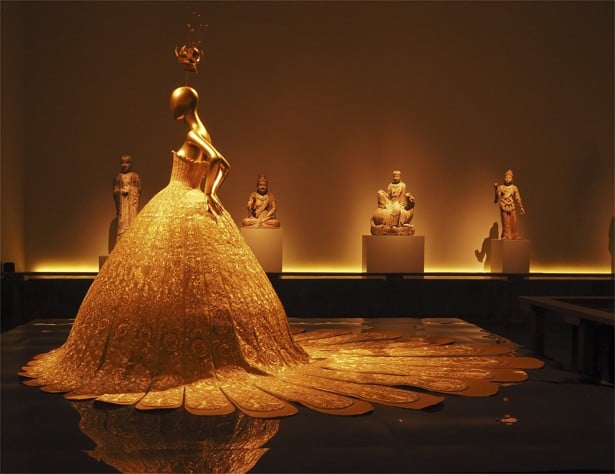
The United States has a long tradition of cultural philanthropy. Families such as the Rockefellers in New York, the Menils in Houston and the Gettys in Los Angeles have cemented a culture of giving that has helped create institutions from the Museum of Modern Art (MoMA) in New York to the Broad in Los Angeles. Commonplace are art-filled rooms named after illustrious benefactors who have contributed money or rare art works, such as those at New York’s Metropolitan Museum of Art or the Art Institute of Chicago.

In recent years, however, growing wealth in developing economies has had a strong impact on the art world. Gone are the days when the epitome of a wealthy cultural benefactor was a white male in the mould of industrialist Andrew Carnegie or steel magnate Henry Clay Frick. Qatari royal Al-Mayassa bint Hamad bin Khalifa Al-Thani, for example, and modern-day Russian tsarina Dasha Zhukova are among the younger philanthropists helping to build vast art collections and open world-class museums with their seemingly unlimited disposable incomes.
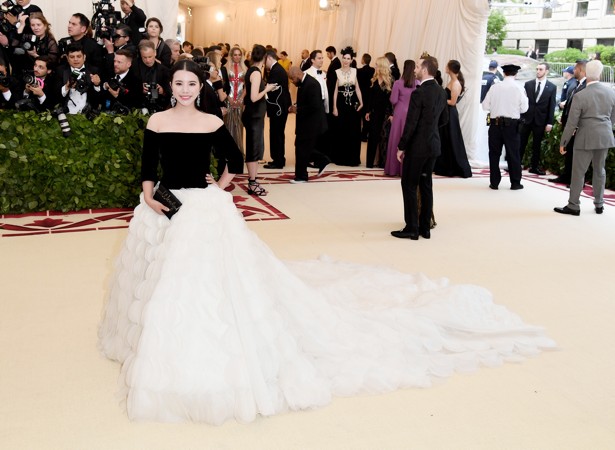
China, the world’s second-largest economy, has been relatively late in playing a role, but is looking to catch up quickly.
According to Bolton, after he and Wintour met with Yu and suggested the possibility of an endowment, it didn’t take long for her to agree to make a substantial donation.
“It was a very quick decision,” Bolton said. “I’m sure that in the Asian art department they have a longer history of support from Chinese philanthropy, but for [the Costume Institute] it really began with [the exhibition] ‘China Through the Looking Glass’.”

That exhibition three years ago, which Bolton curated, marked the first time he became acquainted with Chinese philanthropy. He worked closely with Hong Kong textile magnate Silas Chou and his daughter Veronica to raise funds for the show.
“When I was in China, we met with a lot of people who were interested in this exhibition about their own heritage and the perspective that we were offering, which was really about a dialogue between East and West,” he said.
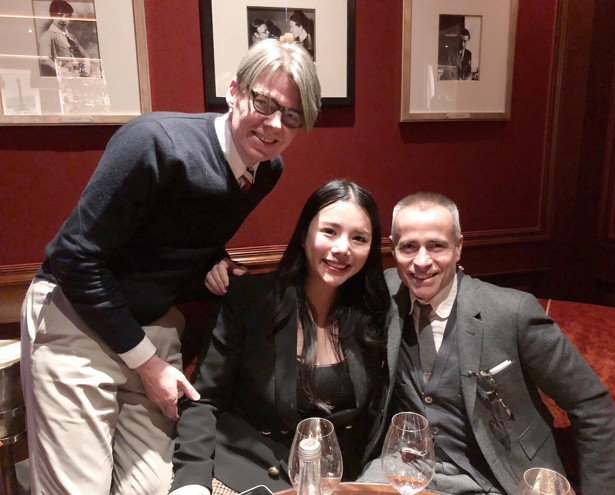
This exchange is also at the heart of Yu’s decision to support the Met, as she explained when we met at the Shangri-La hotel in Paris during fashion week in early October.
“I was always taught to give back and I’ve always been very passionate about that,” she said. “I also had an Eastern and Western education, and I want to be a bridge, a global citizen – to influence not just China but on a global scale, and to support an amazing talent such as Andrew.”
In China, the fashion and art circles are becoming more well informed and want to learn more, and someone like Andrew knows so much, so I want to help with his acquisitions
Although her ultimate goal is to open a contemporary fashion museum in China in about a decade from now, her upcoming projects with the Met signify the beginning of a long-term relationship between the museum and her home country.
“For people in China, when they think of the Costume Institute, their focus is mainly on the red carpet and the Met Ball,” Yu said. “But it should be more about the exhibitions and the curator’s work because the party is only for a few people, whereas the exhibitions are open to the public and they always break records.”
Yu, who said she is inspired by female figures such as late Chinese businesswoman Soong Ai-ling, former British prime minister Margaret Thatcher and Wintour herself, intends to take Bolton to China on a regular basis.
“The fashion industry in China loves Andrew, so for me it’s not just a donation but much more than that. In China, the fashion and art circles are becoming more well informed and want to learn more, and someone like Andrew knows so much, so I want to help with his acquisitions. I’m introducing more and more Chinese designers to him, but ultimately it’s Andrew’s choice because it has to be fair.”
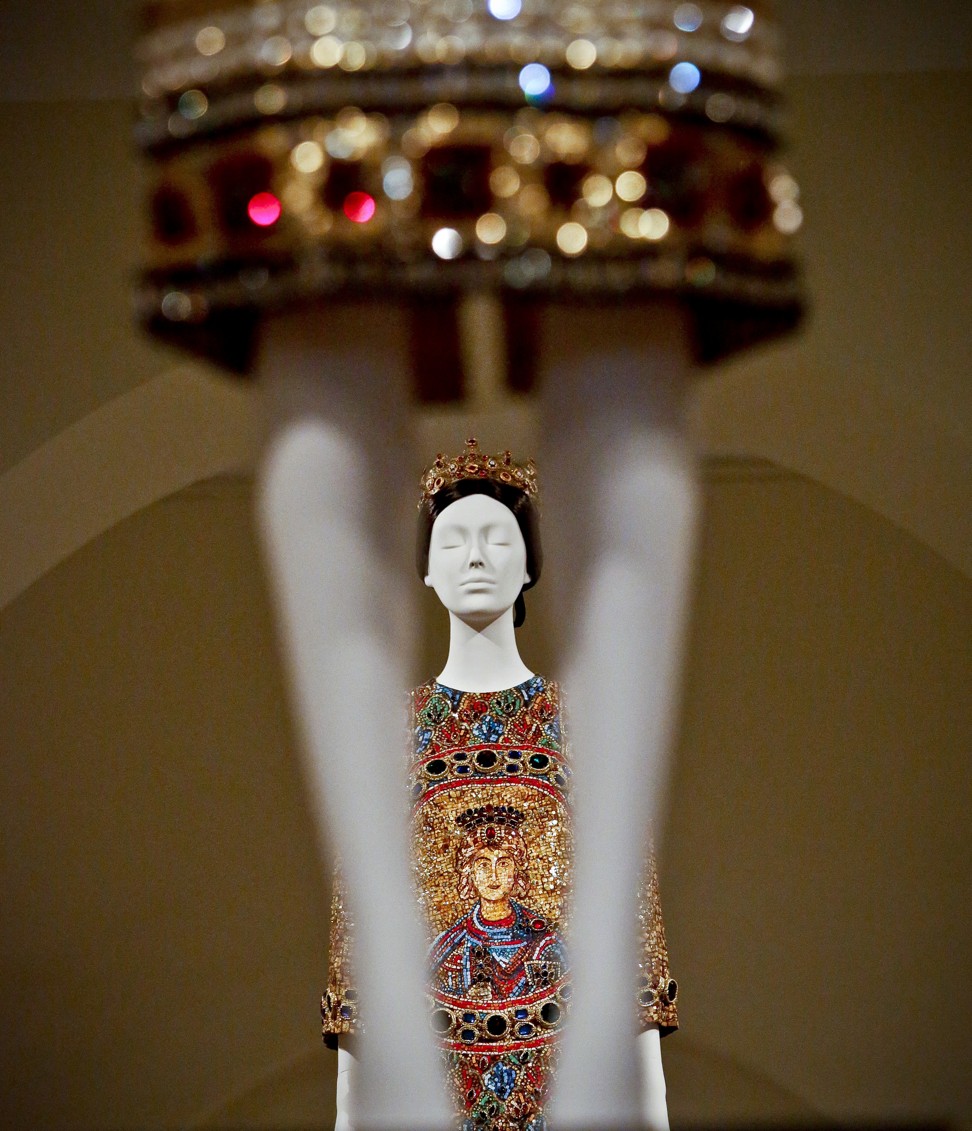
Yu also has investments in the fashion industry, most recently acquiring a stake in British brand Mary Katrantzou. Bolton has acted as a sounding board for her investments, advising and educating her about various parts of the market.
“Andrew has been giving me such great advice in terms of which designer is worth investing in from a fashion historical perspective,” Yu said. “He tells me whose work is derivative or original.”

Yu seems to be a quick study. “When Wendy talks about the ‘fashion world’, she is speaking as much about the latter as she is the former,” says Wintour, who confirmed her involvement in the discussions that led to Yu’s donation. “She takes a globally minded view of it and is as well versed in fashion history as she is in knowing who from the new generation of designers is worthy of her support. She’s an absolute lover of culture and creativity.”
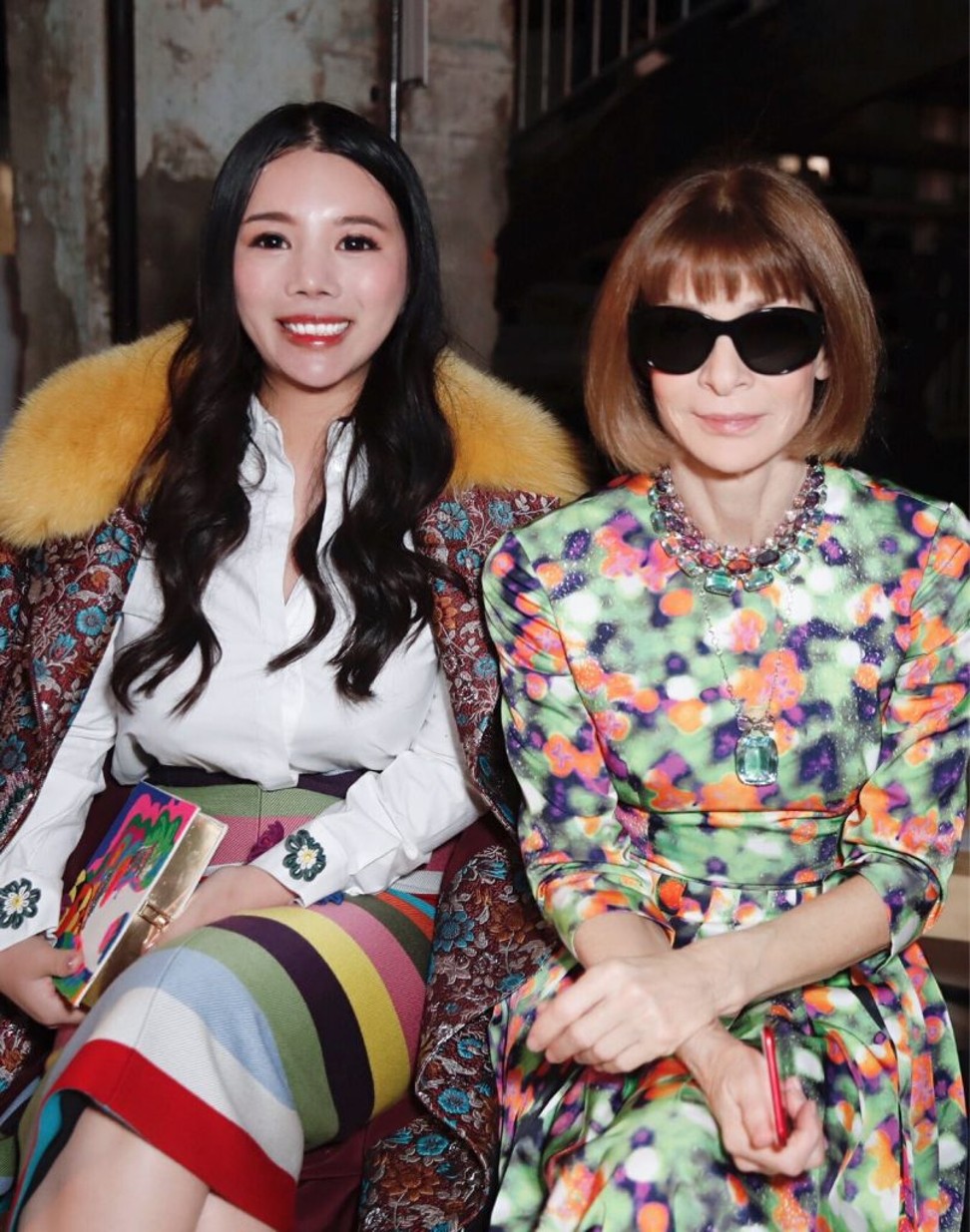
When Bolton visited China with Yu a few months ago, they attended an event with Angelica Cheung from Vogue China. “She introduced me to 12 up-and-coming Chinese designers,” Bolton said. “I have to say that it’s the first time I saw Chinese designers having their own identity and perspective, and an aesthetic that was very much individual and wasn’t about cultural apology, but was very confident and very brave.”
Hong Kong money to help fashion e-tailer Moda Operandi crack Asia
Revealing that she will soon announce an upcoming investment in Chinese fashion, Yu said her ultimate goal is “to build this ecosystem in the Chinese fashion industry, and help incubate the next generation of talent and also bring some cultural change among the youth”.
She is doing this not only through her fashion-focused work, which tends to get the most media attention, but also through initiatives such as Teach for China, which supports youth education in rural parts of the country.
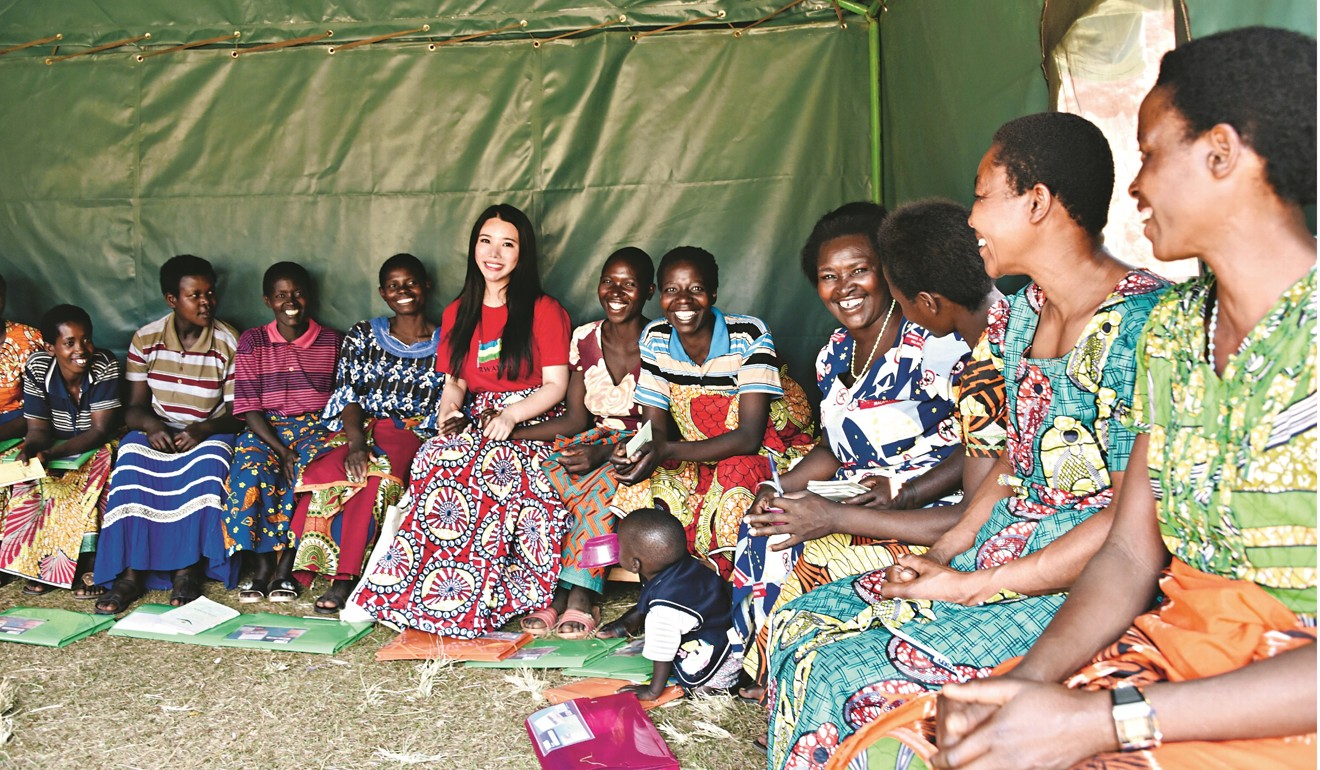
Both Bolton and Yu acknowledge that their collaboration also targets Chinese travellers, who already make up the largest number of foreign visitors to the Met. China’s hunger for culture plays a strong role in its wealthiest citizens’ growing interest in philanthropy, a recent phenomenon that Yu has seen among her social circle.
“I think that China is definitely going to be more relevant in the modern philanthropic world, but for me, everything that I do on a global scale I want it to relate back to China and to where I come from,” she said. “I see more people around me, many friends, who have started to support many causes like youth education and if I can make some positive impact, that means a lot to me.”

